There are monsters on the prowl. Life for most is short and brutal at best. Constant civil wars, roving bandits, and eldritch monstrosities are a constant and unchanging threat. But forget all that – pull up a seat and let’s play a round of GWENT: The Witcher Card Game.
GWENT began as an arguably frustrating mini-game in the hit game The Witcher 3. While many players (including myself) skimmed over it, it annoyingly locked away one of the game’s sidequests. Mastering it was also difficult – so much so that I’d rather beat the crap out of a troll with my bare hands than learn to play it. Fortunately, this doesn’t carry over to GWENT: The Witcher Card Game.
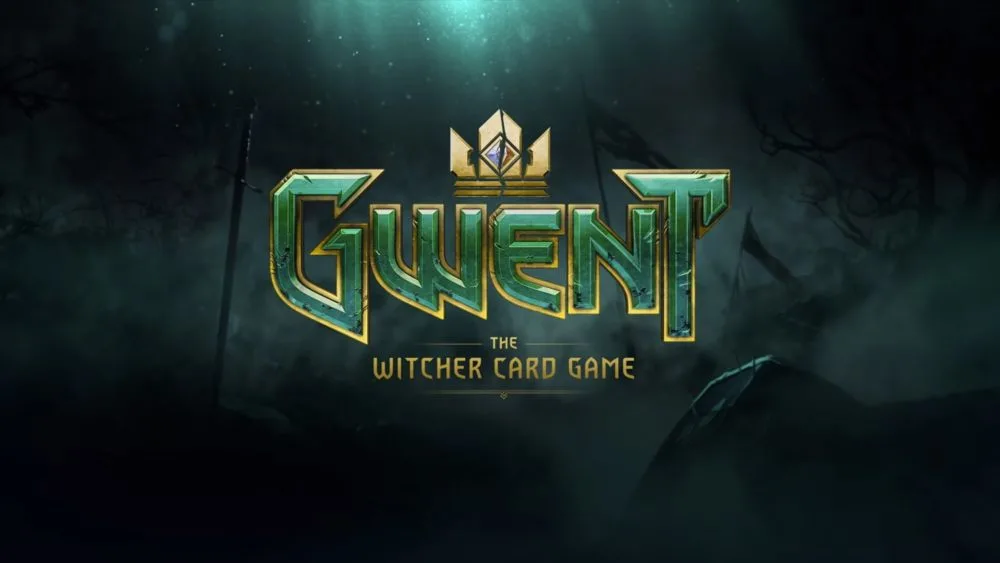
For clarification, GWENT: The Witcher Card Game which we’ll be talking about is not the same game as The Witcher 3! While it does share a name and characters, some mechanics, and even some cards, this version of GWENT is much more accessible while still providing a decent challenge.
It’s available on many platforms: for mobile on the Google Play Store and App Store, for PC via Steam or GOG. Speaking of GOG, you’ll want to make a GOG account as soon as possible so that your progress carries over regardless of which version of GWENT you’re playing.
Like any TCG, no one is a GWENT prodigy off the bat. But to help you get into the game, we’ve prepared a comprehensive GWENT beginner’s guide that will hopefully show you how to play the game better and make more consistent decks.
Understand The Basic Gameplay Concepts
GWENT takes place over a maximum of three rounds, with the first player to win two rounds declared the winner of the match.
The rules of GWENT are simple: you and your opponent take alternating turns building your own boards with your cards, activating their abilities and placing them in one of two rows. Once no one has any cards to play left, or if a player passes, that player is considered to be “finished”. When both players pass, or have no cards left to play, the winner is whoever has the board with the highest points.
Simple, right?
There are a few intricacies to this model: each player must play a card on their turn or pass, and if you pass once, you can’t retract your pass state. On-board effects will still activate, though.
Card Types
There are four types of cards in GWENT:
- Units, which represent your army and contribute strength to your game board.
- Specials, which are powerful, one-off cards.
- Artifacts, which enter the playing field but have no strength of their own.
- Stratagems, of which you can only have one in a deck and is automatically placed on your field if you go first on the first round.
Units
Units have relatively simple stats. Power is shown in a card’s upper right. Power is both how much health a card has and how many points it adds to your board. Sometimes, cards will also have Armor, depicted by a shield icon opposite of a card’s Power.
Armor serves as a temporary health buffer; that is to say that damage will first be taken out of Armor before health, and losing Armor doesn’t count as a unit being damaged.
Notably, there are many ways to Boost power, which increases it by a specified amount. At the same time, a card can’t be Healed over its maximum power – only up to the base amount it had when it was put into play.
Specials
Special cards offer powerful abilities that are usually one-off things. These range from dealing direct damage to a single card, inflicting status effects, putting cards into play from your deck or graveyard, banishing monsters, boosting and giving armor, and so many more.
Artifacts
Artifacts are almost like Specials in that they provide powerful effects. The difference is that Artifacts stay on the field, and that their abilities can be tied to a cooldown, charges, or an opponent’s action. What’s especially notable about Artifacts is that they don’t have power, so they’re not legal targets for damage-inflicting abilities.
Stratagems
Stratagems are key cards that don’t take a place in your deck. Instead, you assign a Stratagem to each deck via the top of the deck building menu. These are special cards that are automatically placed on the field if a player goes first in the first round. They offer many powerful effects, but can only be played by the first player, and only activate once before being removed from the field.
Basic Keywords
New players might be overwhelmed by all the red text that appears on cards, but in time, these will become second nature to you. To help you get accustomed to card abilities without having to inspect cards for their reminder text, here’s a list of some common terms you’ll find in the starter decks.
- Bonded: Cards with Bonded abilities activate those abilities if they’re put into play while you control another card of the same name.
- Dominance: Dominance is a state that’s either true or false. You have Dominance if you control the card with the highest power on the board.
- Order: Cards with Order have abilities that can be triggered on your turn. Unless that card also has Zeal, you can’t activate the effect immediately.
- Zeal: Works in conjunction with Order. Cards with Zeal can activate their Order ability from the get-go.
- Charge: Works in conjunction with Order. Cards with Charge mean you can use their Order ability that many times, after which it’ll no longer be available for that card.
- Cooldown: Works in conjunction with Order. Cards with Cooldown can’t use their Order abilities for that many turns after using it. A Cooldown of 1 means the ability can be used every turn.
- Deploy: Deploy abilities are triggered when a card is put into play.
- Veil: Cards with Veil can’t gain any other status effects unless Veil is first dispelled. Veil isn’t retroactive – if a card gains Veil after it’s been Poisoned, it won’t lose that Poison debuff.
- Create: Three cards will be spawned from the specified source; you choose one.
- Banish: To banish a card is to remove it from play.
- Lock: Locking a card removes its abilities.
- Poison: Does nothing by itself, but if a card gains 2 stacks of poison, it’s destroyed instantly.
- Doomed: Doomed is a status effect. Doomed cards are removed from the game when destroyed.
- Bleeding: Bleeding units take 1 damage at the end of their owner’s turn.
- Assimilate: Whenever you play a card that isn’t in your deck at the start of battle, cards with Assimilate gain +1 power. Assimilate (X) works likewise, except the card gains +X power.
- Bloodthirst (X): If an enemy controls X damaged units, you can trigger a card’s Bloodthirst ability.
- Berserk (X): Automatically triggers is a card’s power is X or below.
- Disloyal: Disloyal cards are played on your opponent’s field.
- Spying: Spying is a status that does nothing by itself, but is used in conjunction with other abilities.
- Consume: Cards with Consume destroy a friendly card and add that card’s power to their own. If you target a card in your graveyard, that card becomes Banished instead.
- Deathwish: Cards with Deathwish abilities trigger those abilities when they are destroyed and sent to the graveyard. Banished cards aren’t sent to the graveyard, so their Deathwish effects will be negated!
- Melee: Melee abilities only trigger or have an effect when that card is in the melee (front) row. Melee can stand alone as a modifier, or be tied to Order, Deploy, or other keywords.
- Ranged: Similar to Melee, Ranged abilities require a card to be played in the ranged (back) row.
There are a ton of card keywords in the game, and some of those you’ll have to experience on your own to get a firm grip on what they can do. As always, knowledge is power!
Strategize And Think Ahead
Unlike other card games, where whoever has the biggest baddest monster or prettiest waifu on the field commands the board, GWENT operates in continuous sets of 3. What that means is that your resources are going to carry over to your next rounds. This presents some interesting scenarios:
- Should you go all-in on the first round, exhausting your most powerful cards in the hopes that your opponent will do likewise but fail to match you?
- Or should you bait your opponent into using their most powerful cards, then deliberately lose the first round so that they’ll have less of a leg to stand on?
- The fact that you will most likely only have 16 cards to work with all in all (10 in your initial draw, and 3 extra cards for the next 2 rounds) means that you also have to discover and dissect your opponent’s strategy and not commit to any careless maneuvers.
However, more often than not, you can’t control what your opponent does. That means that a large part of your strategy must come from the moves that are available to you. Let’s have a look at some of the things you can do to improve your game.
Mulligans
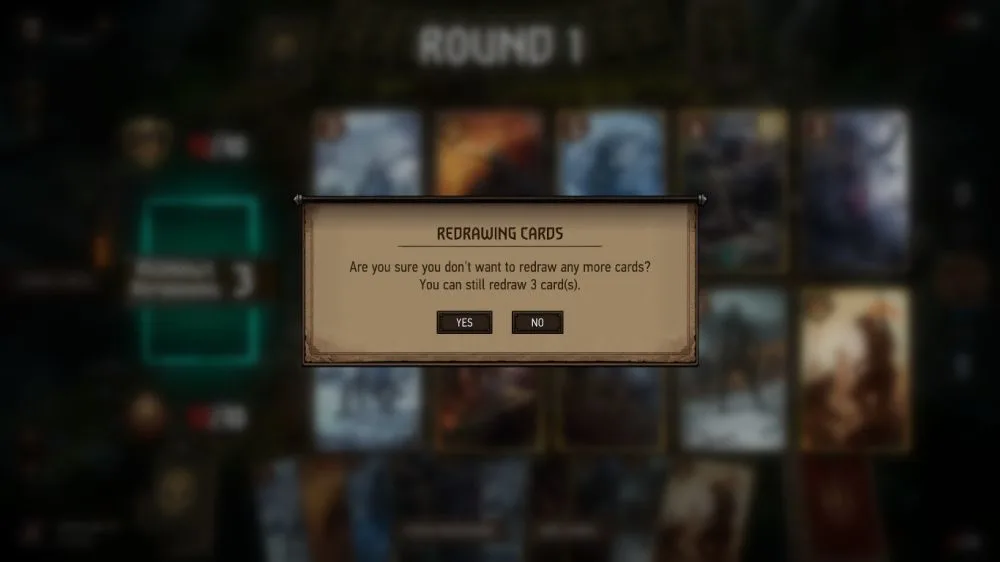
Mulligan is a term used in card games to refer to redrawing cards. In GWENT, you’re always given the option to redraw at least some of your cards at the beginning of a battle. Use this time to prepare a strong starting hand, as well as add some cards that might help against your opponent’s faction.
Deck Composition
GWENT has a very loose deck limit: you need at least 25 cards, of which at least 13 must be units. In addition, the cards you add cannot exceed the deck’s provisions limit. In general, the better a card is, the more provisions it’ll consume.
A deck size of 25 may seem small for first-time card players. Most card games nowadays have an upper limit on how many cards a player’s deck can contain. Barring a single real-life incident involving a 2000 plus card deck in a real-life card game tournament (yes, it happened, Google is your friend), the reason for this restriction is that a smaller deck is much more consistent due to having less cards to draw through, thus leaving you with a higher chance of drawing cards you actually need.
Before you stuff cards in your deck, ask yourself:
- What value does this card add to my deck?
- Does this card enhance my overall plan?
- Do I really need multiple copies of this card in my deck? Is it absolutely necessary that I have multiple copies?
And even after answering those questions, you’ll often have to experiment to find the perfect balance of card numbers for your deck. Deck composition is an art that doesn’t come easily, and nobody can rightly claim to be a master, but simple probability compositions can help you make your deck more consistent. In addition, you can only have up to 2 copies of a bronze card and 1 of a gold card in your deck.
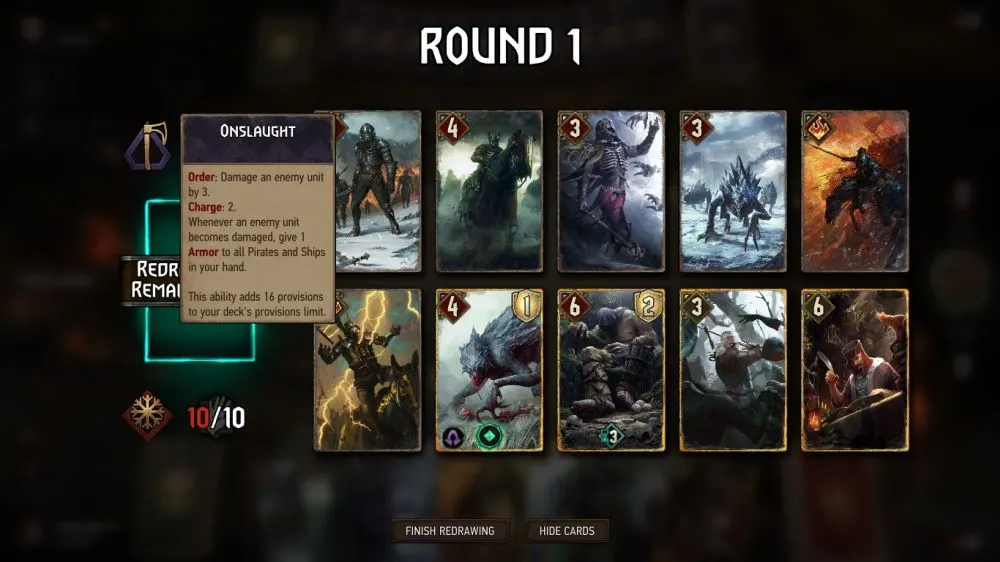
Apart from all these is your deck ability. These abilities are powerful game changers and are tied to factions. In the deck building screen, you can tap the ability name on the upper left to change it. Be sure to change your deck ability to complement whatever deck you’re trying to construct.
Training Mode
GWENT also has a training mode where you can practice against AI enemies. While you’ll find no glory here, this is a great way to test your deck’s consistency in a controlled environment. At higher levels, you’ll also be able to enter training mode with another player, where the two of you can test out whatever strategies come to mind.
Keywords
While it may sound fun to cram as many abilities as possible into your deck, sticking with just a few (say, one to two) keywords creates a more stable game plan and leaves less of your victories to chance.
One clear exception to the “don’t stuff your deck with multiple copies of the same card” rule is cards that have Bonded. Bonded abilities trigger if and only if you already have a copy of the same card on your playing field. Ask yourself if there isn’t a card that offers similar (if not better) value or if the Bonded ability is worth the deck space.
Card Advantage
Another concept to learn in GWENT, and indeed, most other TCGs, is the idea of card advantage. To put it simply, card advantage refers to how much of an advantage you have over your opponent based on the number of cards you have. The more cards you have in your hand, the more options are open to you, and the greater your card advantage.
Card advantage serves as a general indicator for who’s in a better position: if you have 7 cards in your hand and your opponent only has 2, you have a very good chance of winning since your options are many, and you’ll likely have an answer to what your opponent is going to play.
The opposite is also true. Playing a card itself is already a -1 card advantage; this is because you spent the card itself to play it, reducing your hand size by 1 and thus reducing your card advantage.
On the other hand, cards that let you draw more cards or add cards from your deck to your hand have a neutral or positive card advantage. Since draw or add effects in GWENT are few and far between, card advantage boils down to whoever can make the most economical plays with their hand without overreaching or compromising their later rounds.
Timing is Key
Remember that cards on the field don’t expire, and that they’re there until destroyed. With that in mind, it’s a generally good strategy to wait until your opponents invest heavily in a card, then destroy it in one fell swoop! This tactic is available even to new players as you’re automatically given a copy of Geralt of Rivia, whose Deploy effect is to destroy an enemy’s card with 9 or more power.
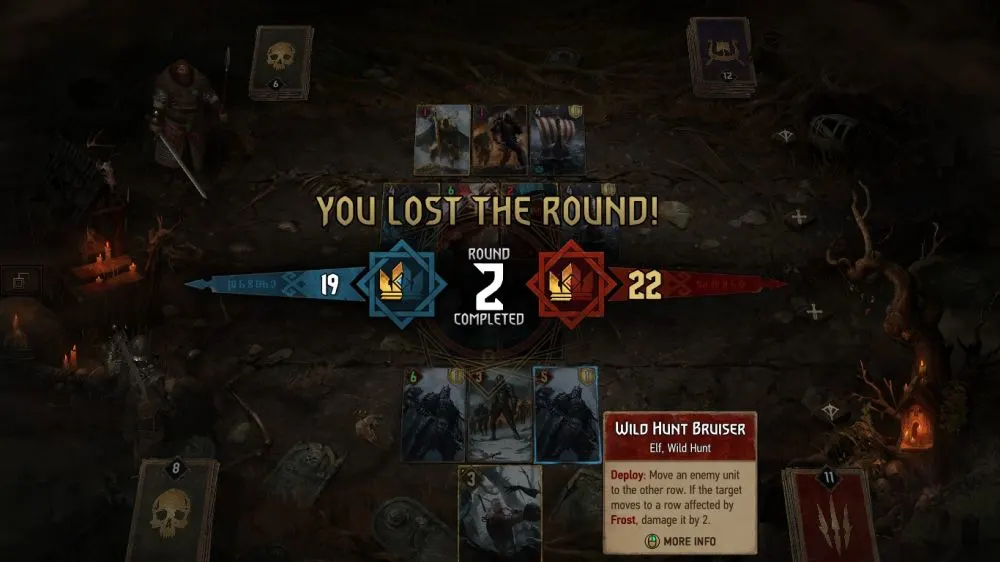
Doing this is also very economical, as you’ll have used just one card to get rid of a card that your opponent has spent at least 2 cards on.
Familiarize Yourself With The Game
Have A Look at All the Starter Decks
GWENT offers you a selection of a starter deck as you walk through the tutorial, but don’t fret over your choice – you’ll gain access to all these decks once you’re done with the 3 matches against beginners.
Instead, use this time to familiarize yourself with the general archetypes of each starter deck, and use this as a preview of what kind of decks you’re likely to run across, moving forward. After all, few things suck more than losing because you don’t know what your opponent’s cards can do.
The Skellige Deck
The Skellige deck relies on using its direct damage moves to snipe multiple enemies at once. This lends itself well to the deck’s Bloodthirst abilities, which are far stronger but require damaged enemy units to bring out their full potential.
Veteran cards provide a slow but sure way to scale over your opponent, while Berserk cards rely on being damaged to trigger their effects – something that Skellige is in no short supply of.
The Northern Realms Deck
The Northern Realms deck likes to buff itself with Armor effects. Their units rely on boosting and armoring each other up, with many cards providing substantial powerups to their row mates. Some of their cards also have the Formation keyword for extra versatility, giving them either Zeal or a simple but handy +1 boost.
The Nilfgaard Deck
The crafty Nilfgaardians have what is probably the most technical deck out of all the starter decks. Assimilate rewards you for creating cards in the middle of combat, while Disloyal units join enemy ranks, giving them a free unit while secretly working to further your own cause. Nilfgaard also has cards that Lock enemy units, disabling their abilities.
The Scoia’tael Deck
The Scoia’tael have a bit of everything in their deck. Many of their cards boost other Scoia’tael units in your hand, providing a nasty surprise for enemies. They also have swarming capabilities thanks to their Symbiosis cards, letting you flood the field with weak Wandering Treants.
The Monster Deck
The Wild Hunt monster starter deck focuses on brute force and Frost. Frost is a weather effect that damages the strongest unit on that row for 2 damage at the end of your turn, either railroading your opponent into playing a particular row or whittling down their strongest monsters.
There are also quite a lot of Dominance cards in this starter deck, which trigger only if you control the unit with the highest power on the board. Use your Frost effects and direct damage cards to ensure you hold pole position!
Learn the Meta
After you’ve had a look at what each of the starter decks can do, another thing you can do to improve your game is to have a look at the game’s meta. Of course GWENT has a meta. And of course, there are multiple sites, user discussions, forum posts, and complaints regarding it. It’s all part and parcel of the card game experience.
Regardless of what card game you’re playing, understanding the current meta is always important – even if you’re not planning to run with a meta deck. This will give you an idea of how high-level play is like, what strategies are currently considered to be the best, and what counters what.
Of course, studying the meta this early in the game can be difficult, so there’s no better way to learn than to experience it yourself.
Netdecking
Netdecking is a practice that many (including myself) frown upon. Netdecking refers to the process of simply copying a deck recipe found online down to the letter – often without any understanding of how and why the deck works.
On the other hand, netdecking is an excellent tool that you can use to get a grasp on what the meta is and how most players will be playing. It also helps that people tend to just netdeck whatever deck is considered top tier at the moment – leaving them vulnerable to counterplays.
Not only does netdecking lead to a worse game, it’s also quite expensive since you’ll need to craft the rare cards you need to get it running. This problem is exacerbated if you don’t know exactly how the deck you’re cribbing works – and you might end up with a costly mess of cards that you don’t know what to do with.
Craft the Cards You Need
While you’re bound to end up with a lot of cards, let’s face it – you’re not going to be playing all of them at once. With that in mind, you can mill cards, destroying them to get valuable scraps that can be used to craft a card!
The game has settings for which cards to automatically mill. By default, it’s set to any extras, and will auto-mill them when you enter the deck builder menu. Additionally, you can manually mill cards by selecting them in your collection, then milling them.
Nab All Your Free Stuff
You can’t just buy kegs and expect to get lucky with drawing all the cards you’ll need. Luckily, there are many ways through which you can gather more resources to help you with your card games!
The Reward Book
The Reward Tree incentivizes using multiple decks by giving you rewards based on how often you play certain faction’s deck and by completing quests. To access nodes in the Reward Tree, you’ll need Keys which you get through quests and daily logins. Take note that with the keys you get in the tutorial, you’ll instantly be able to unlock a free faction keg for multiple factions via the Reward Book. You’re welcome.
Daily Login
GWENT does have freebies just for logging in. These range from keys for the Reward Book to raw materials that will be useful in building your dream deck.
Contracts and Daily Quests
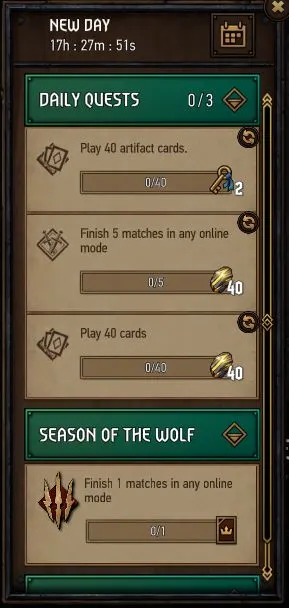
No card game would be complete without daily quests, and GWENT does that. By tapping on the lower left of the screen, you can see what quests await you – whether they’re dailies, seasonals, or tracked contracts.
Journey
The Journey is GWENT’s version of a battle pass. By fulfilling contracts (and generally just playing the game), you’ll gain experience for your Journey, allowing you to unlock goodies. There’s also a paid version of the Journey, which will net you more and better stuff.
GWENTsdays
GWENTsdays, as their name might suggest, occur on Wednesdays in real-time. During GWENTsdays, you get a near +25% bonus experience multiplier on top of any exp you earn, so get playing!
Keep Practicing!
Any card game requires lots of practice before players can consider themselves competent at it, and GWENT is no exception. It’s only by playing the game extensively that you’ll get a grip on what skills you need to develop, what traps you keep falling for, and what strategies work for you.
Only time and experience will teach you how to play mind tricks on your opponents and how to make the best, most strategic, and most economical plays. And even then, you might lose. The important thing is to have fun.
With that, our GWENT beginner’s guide reaches its end. Hopefully you’ve learned something here about building your deck and learning the game that will help you not only in GWENT, but in any other card game. If you have any comments or suggestions, or if there’s anything else you’d like to impart to new players that you wish you knew while starting out, let us know in the comment area!

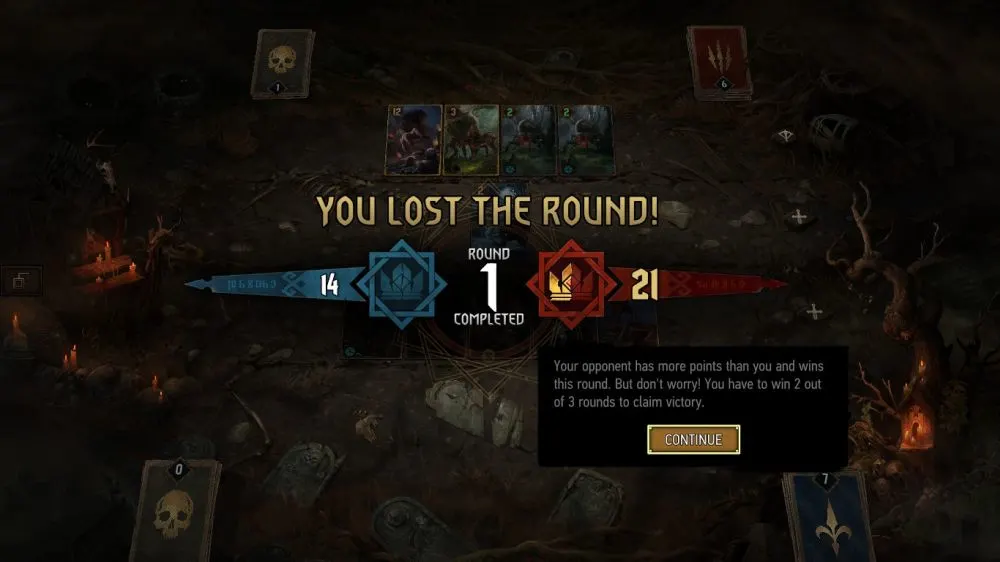
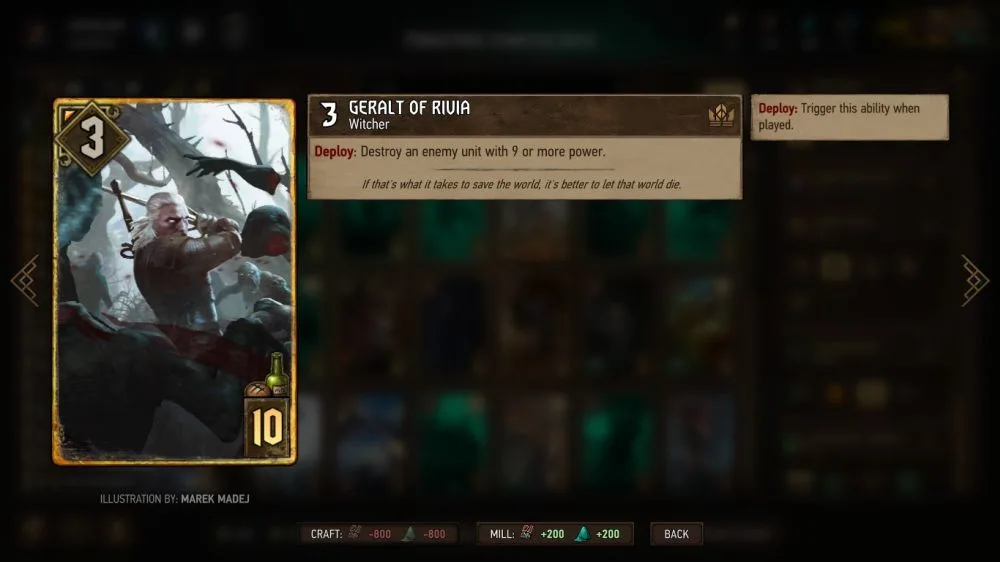
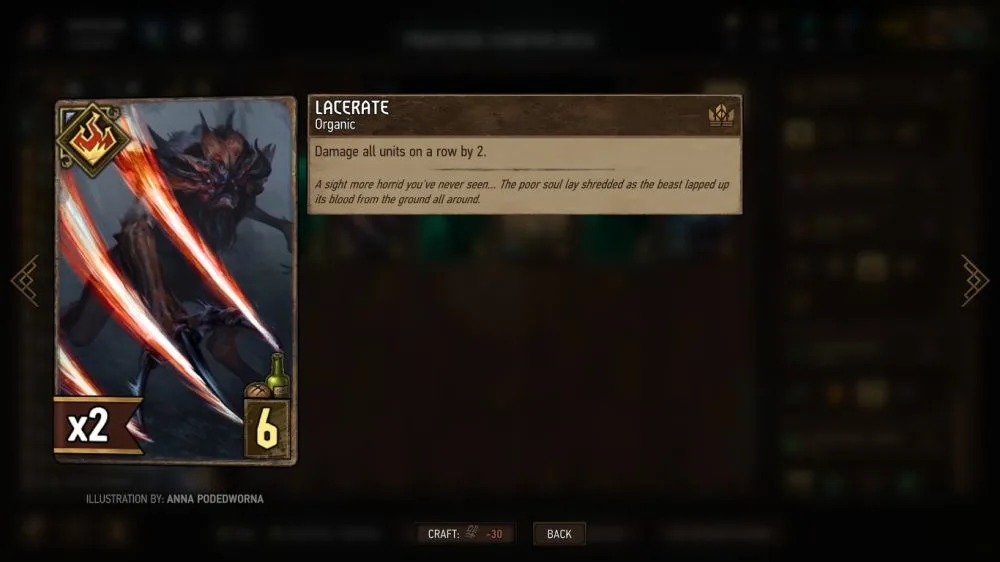
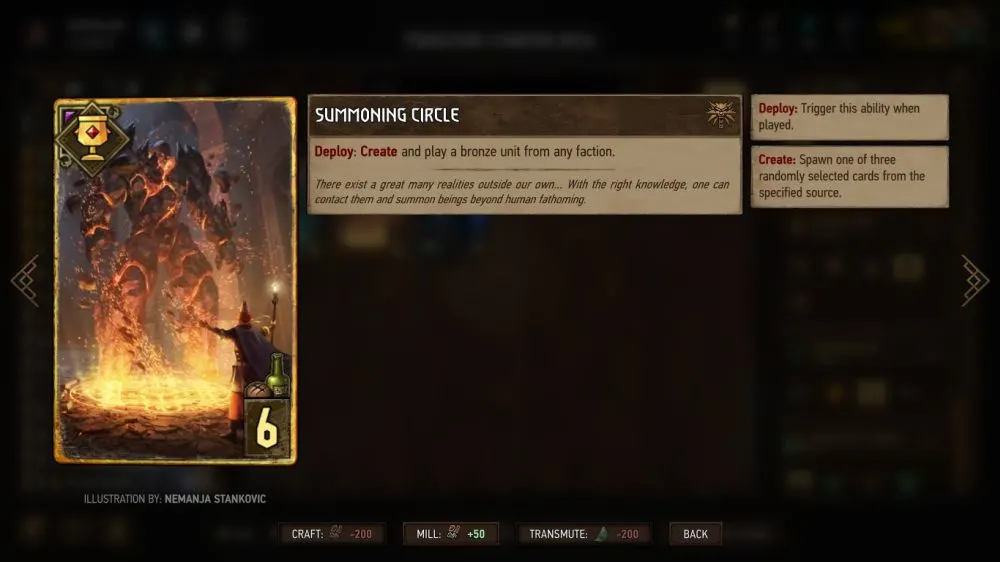
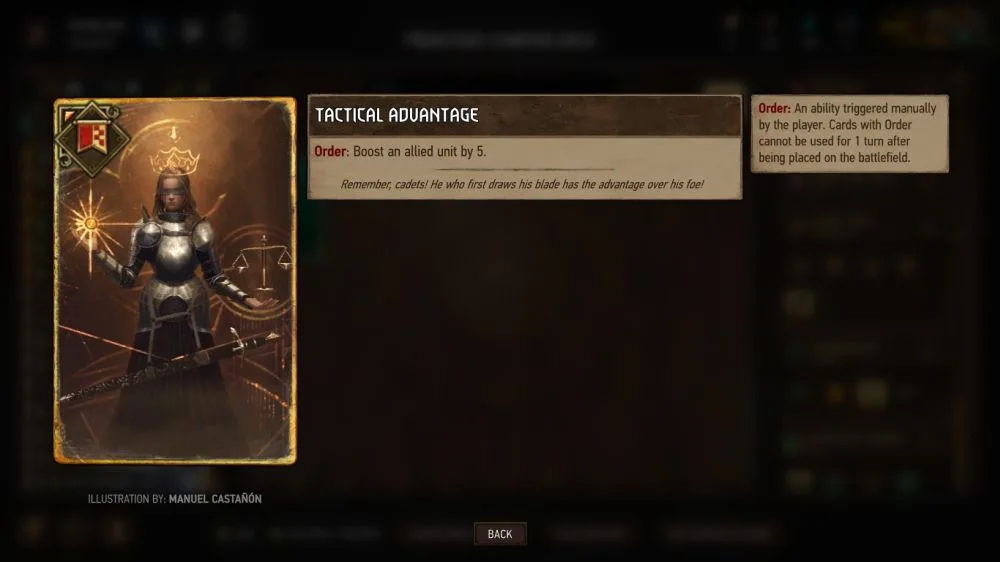
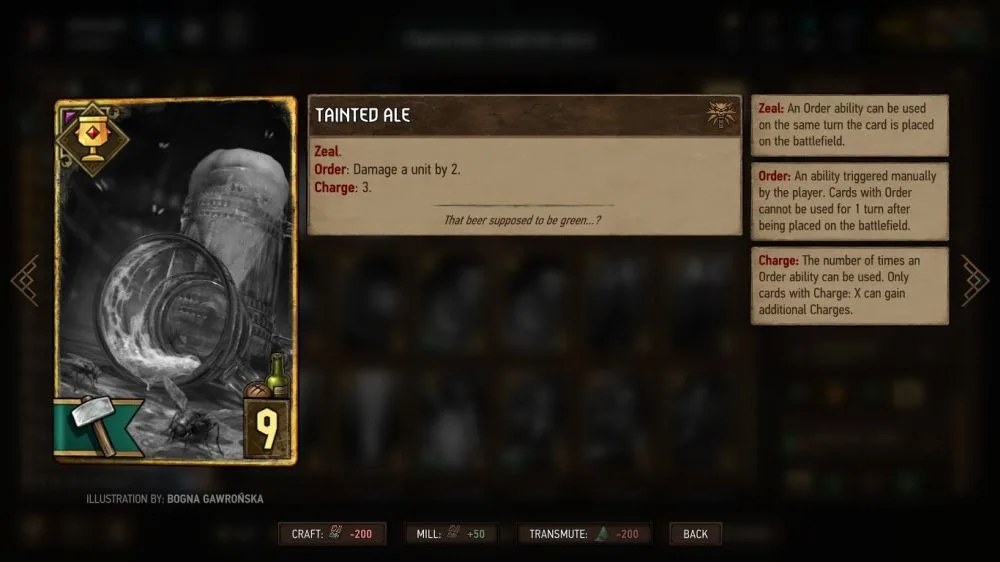
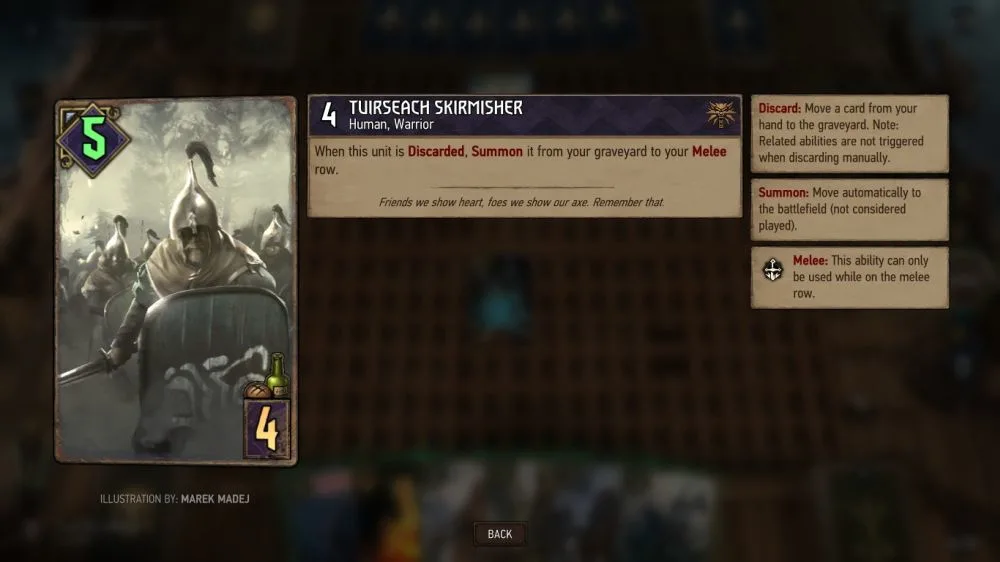
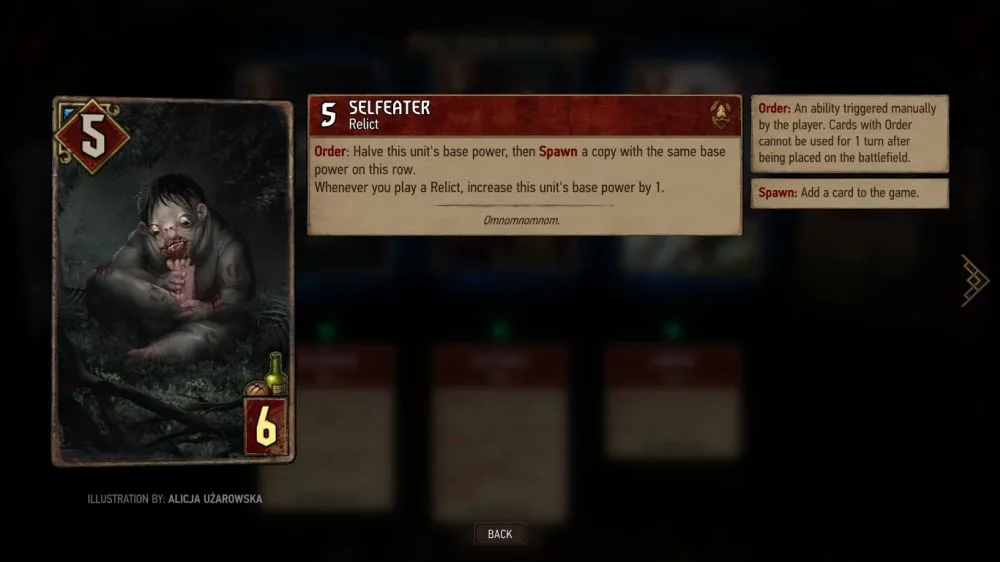
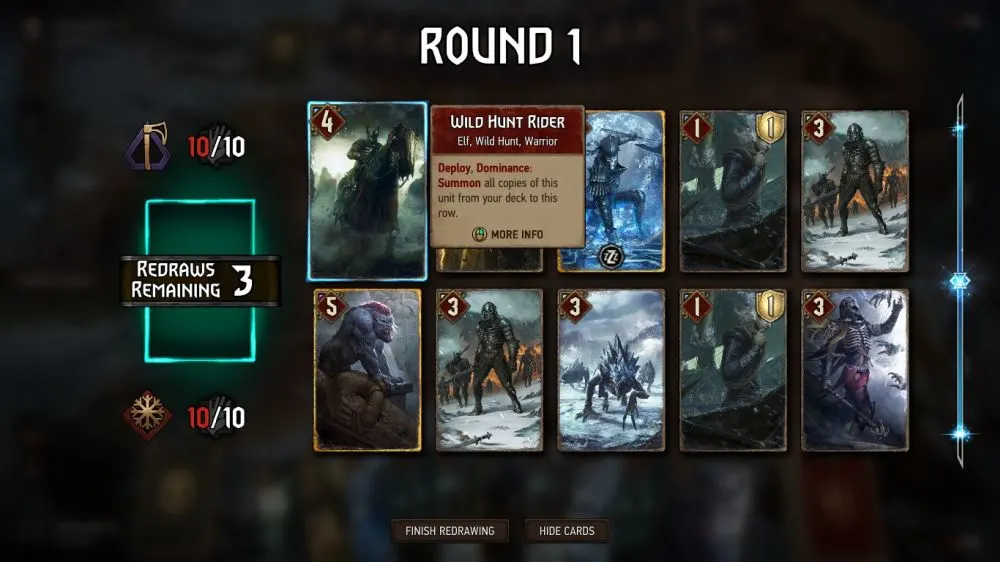
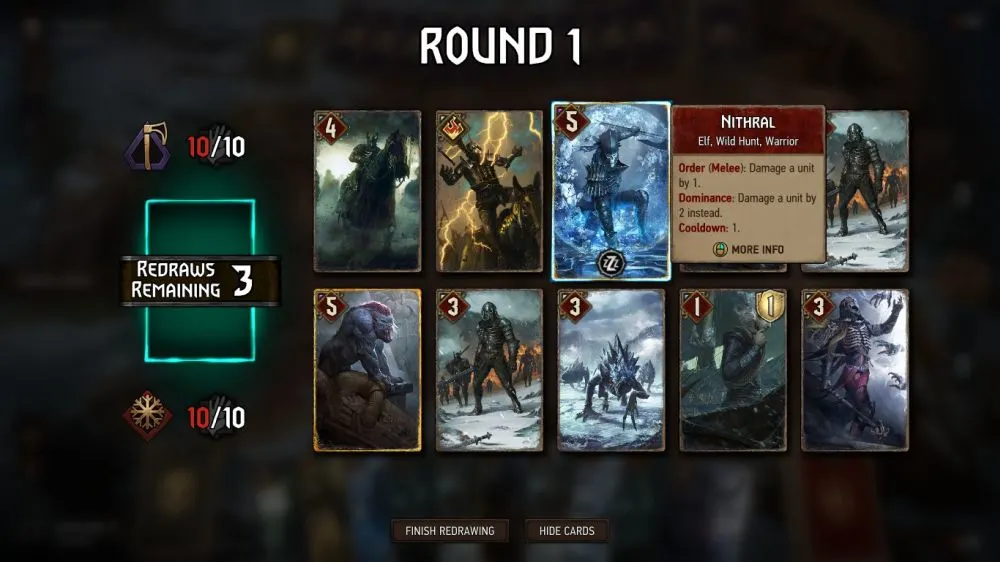
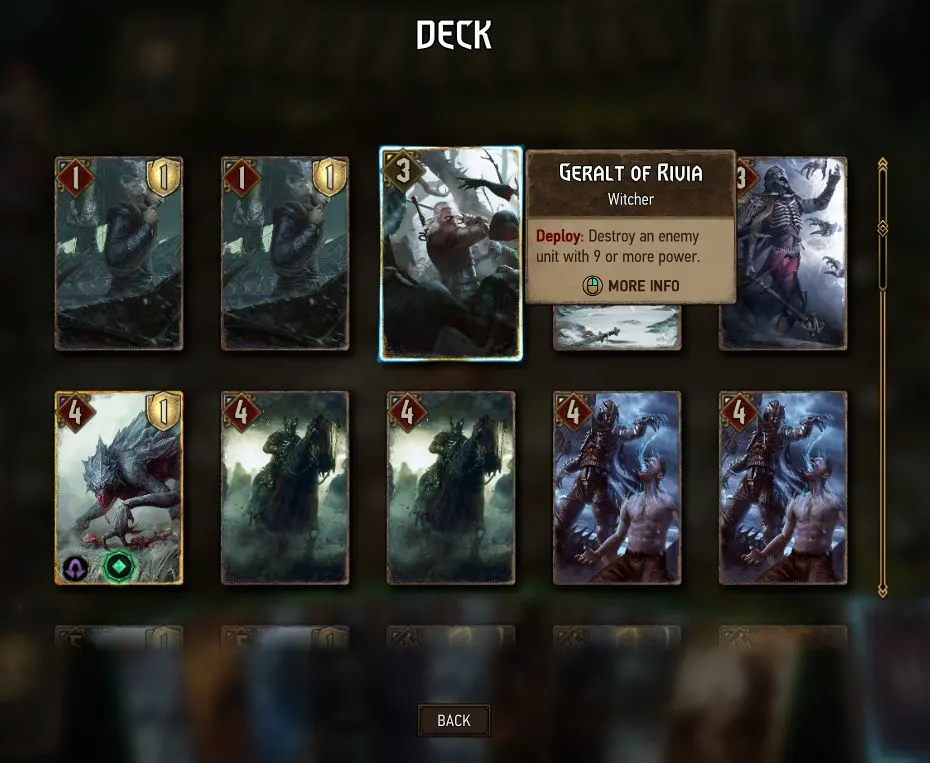
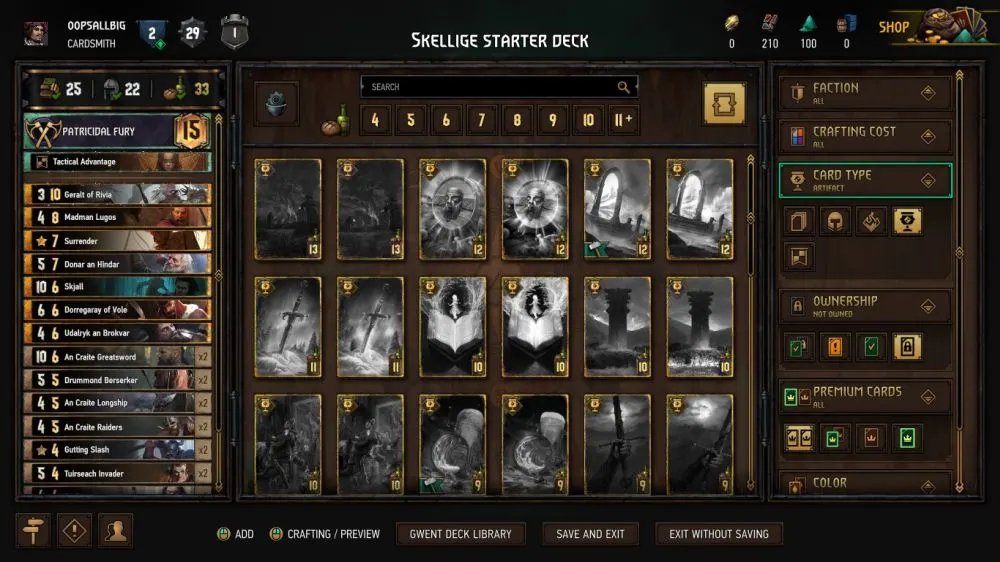
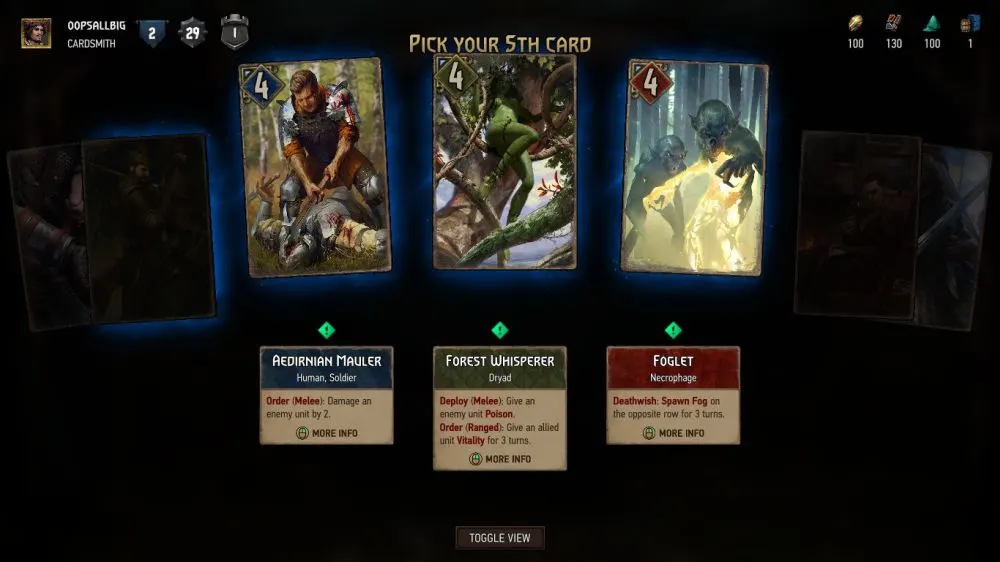
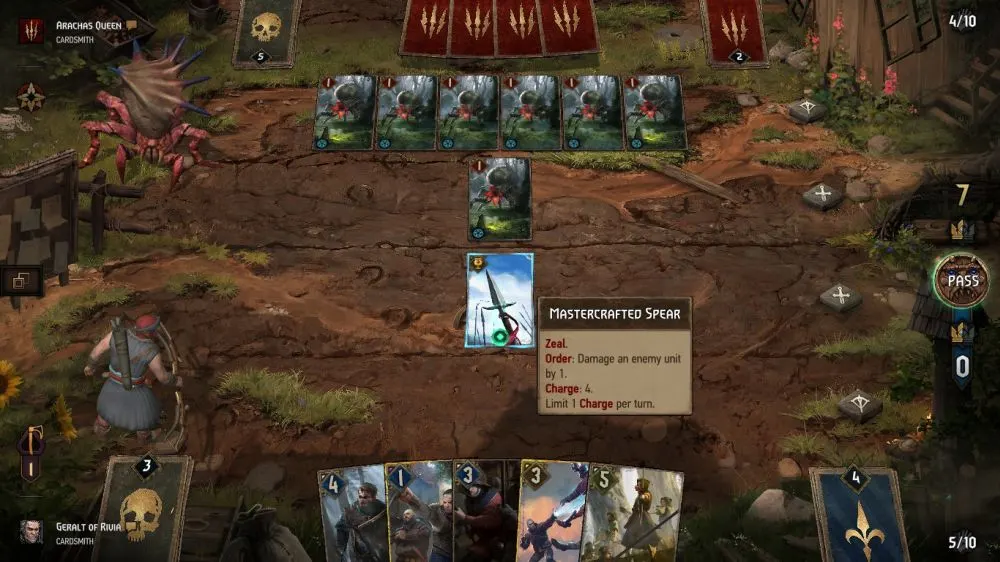
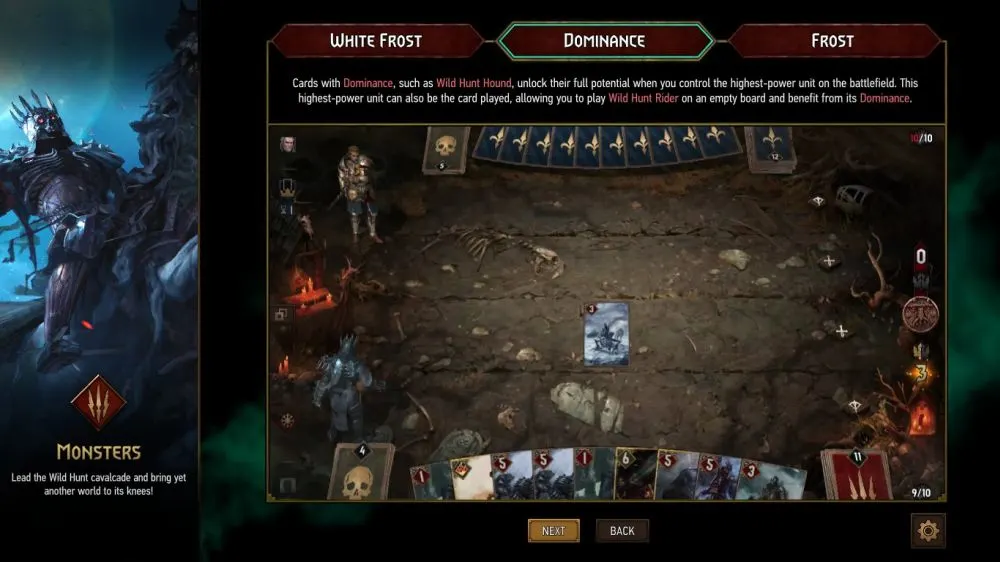
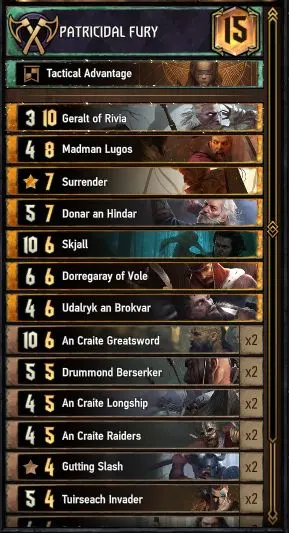
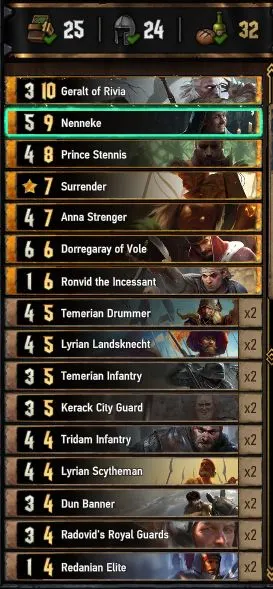
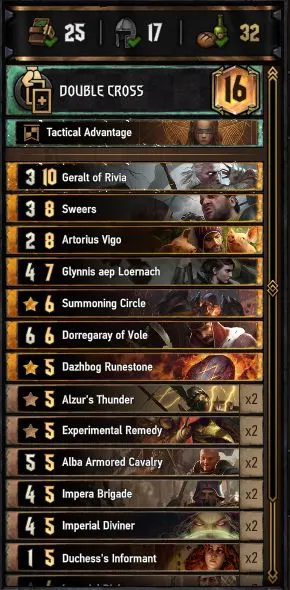
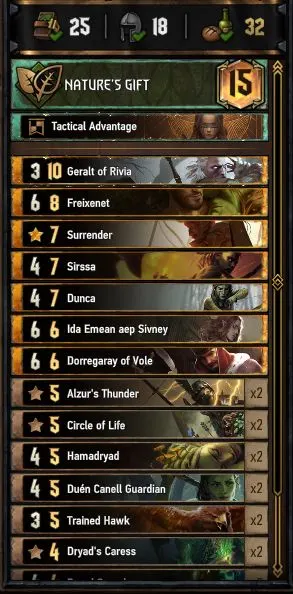
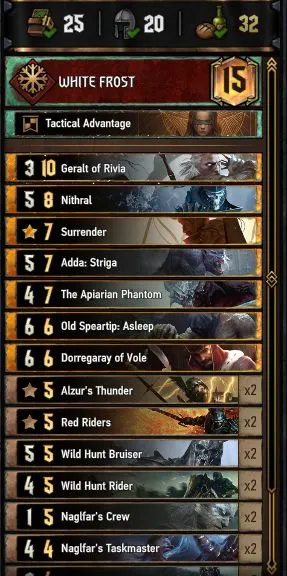
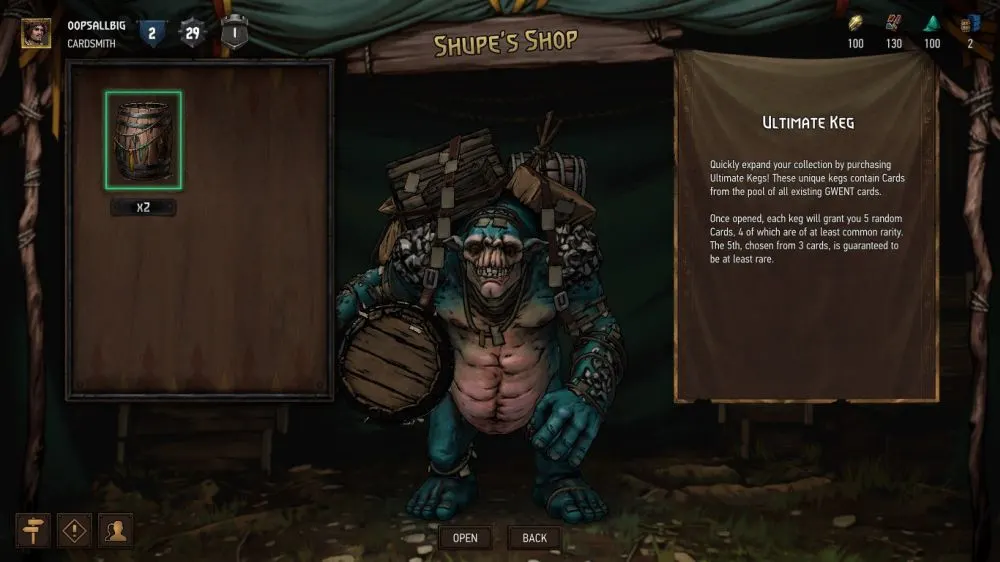
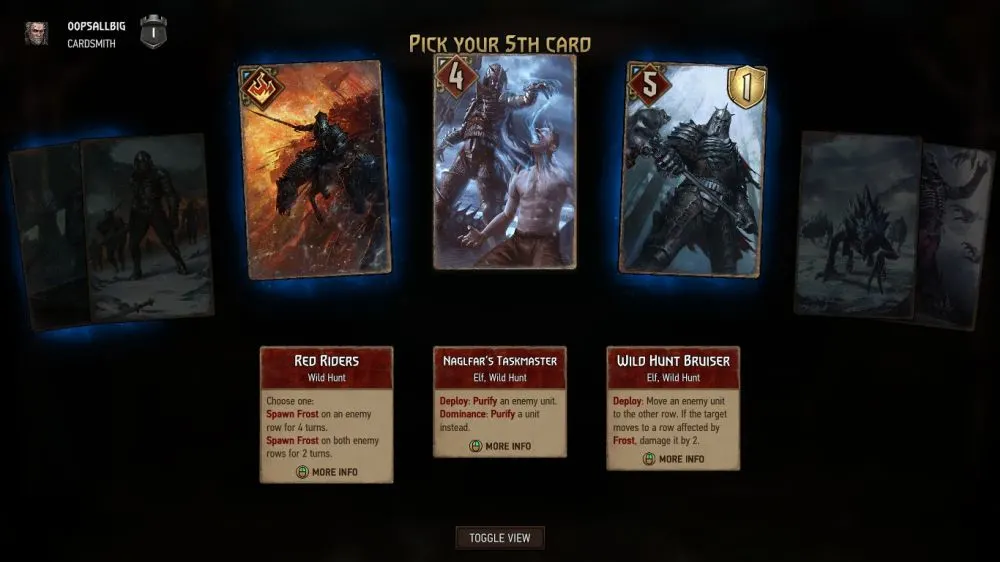
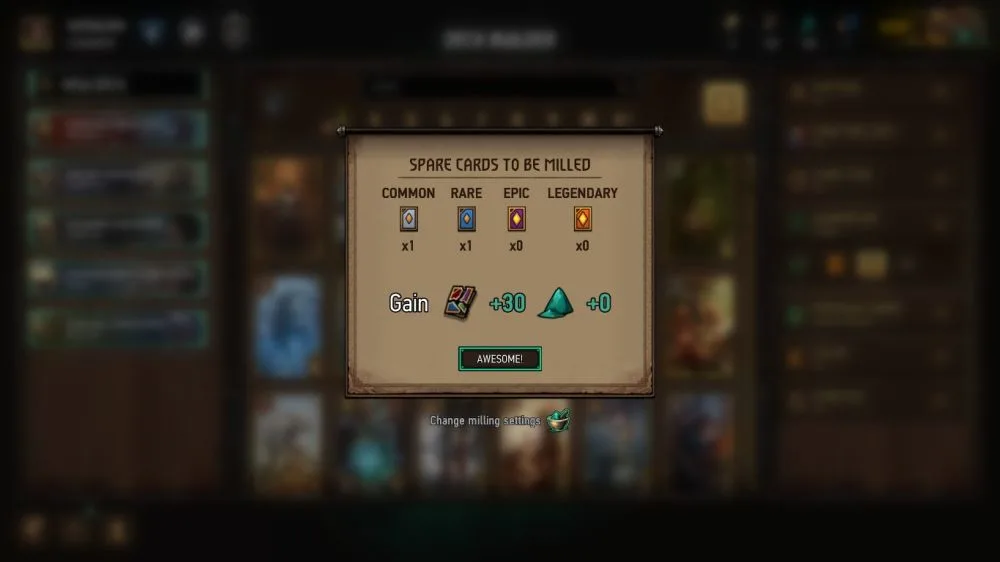
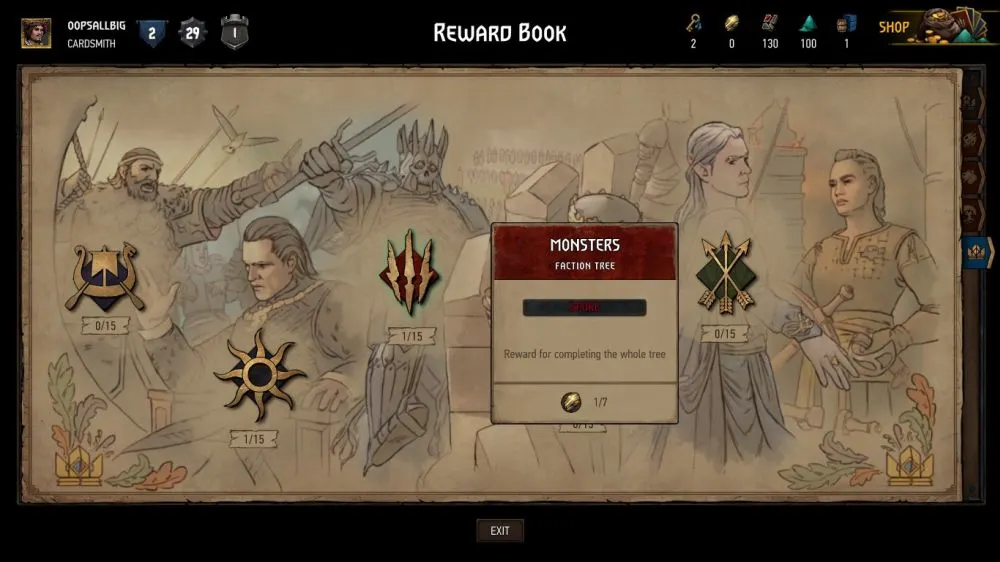
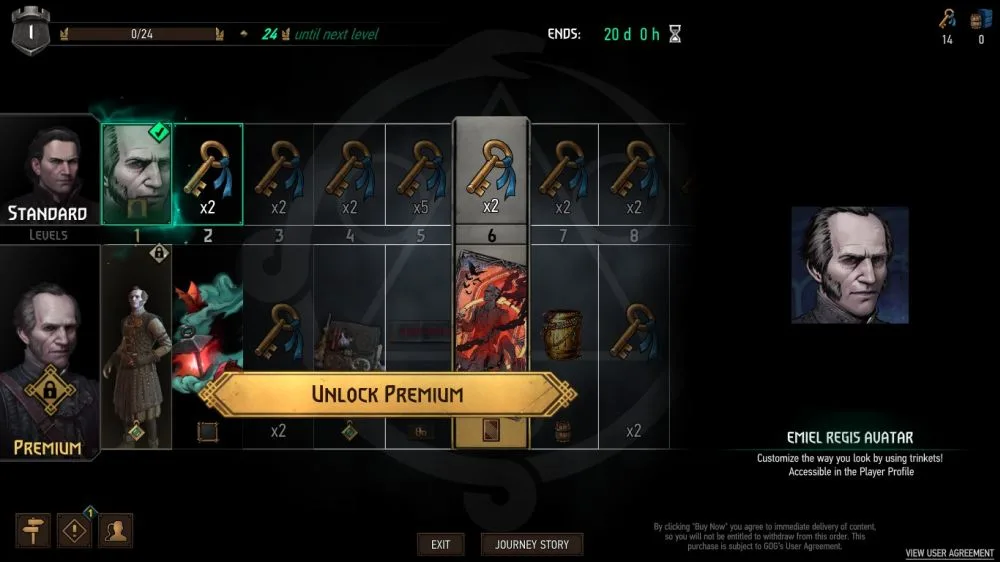
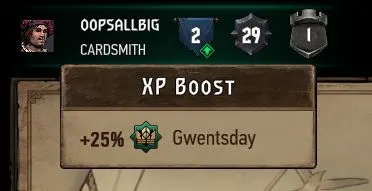
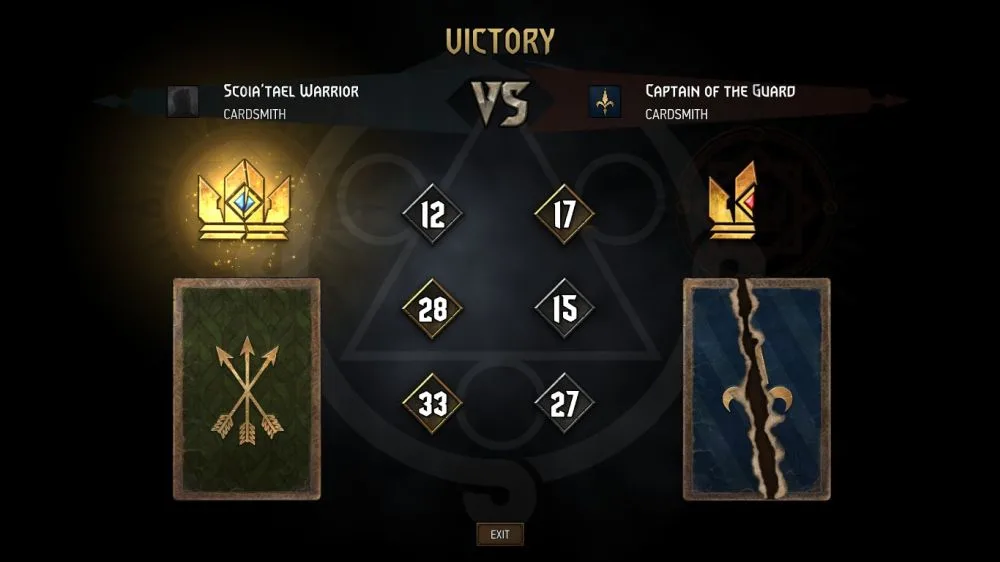
Salme
Sunday 6th of November 2022
What a amazing site. This is a complex game. In addition, it is in English which is not my native language. So it also improves my language skills. Thank you for the making these helpful advices and tips.